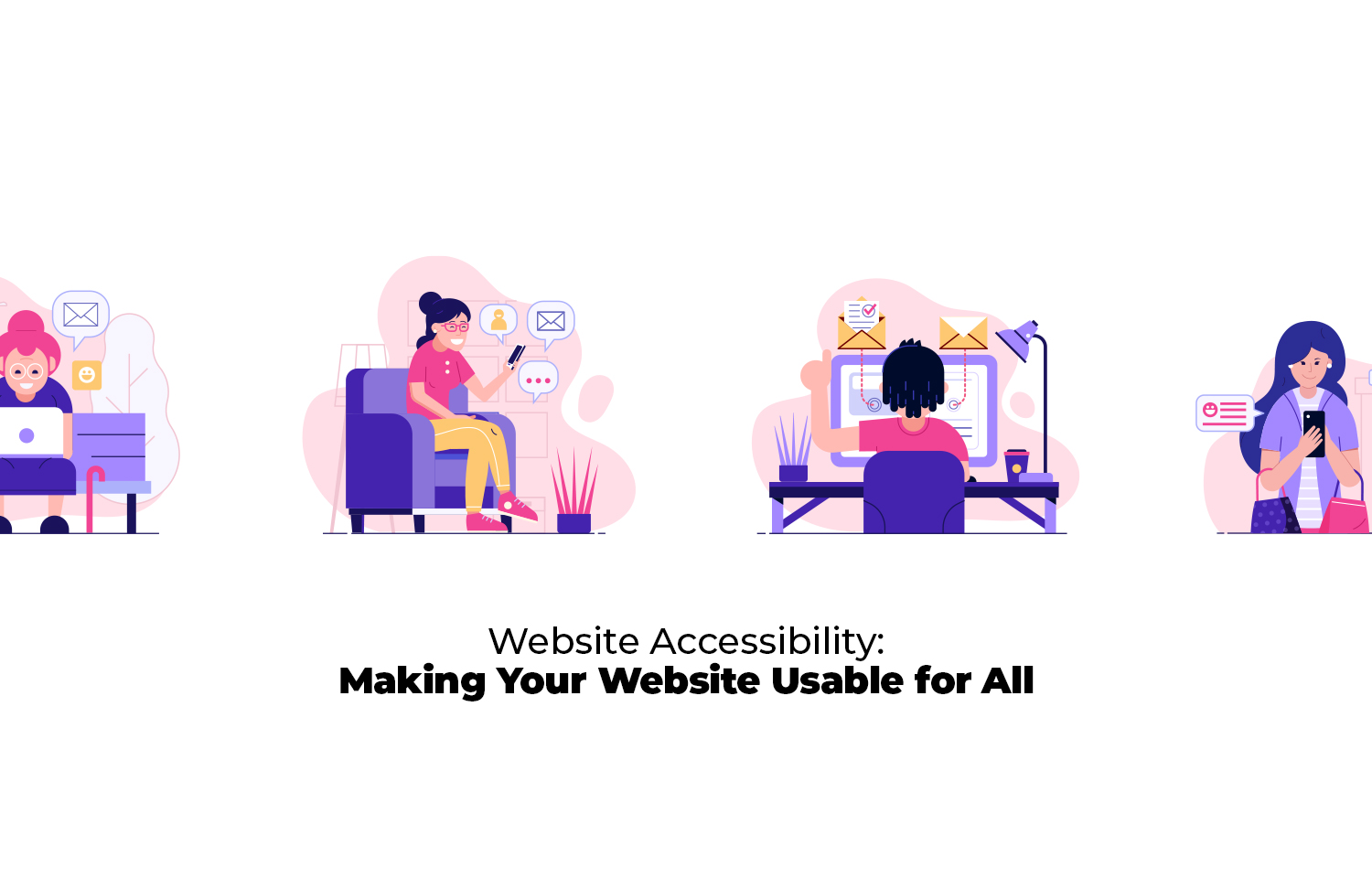
Website Accessibility: Making Your Website Usable for All
A mere online presence isn’t enough in the digital realm where boundaries are constantly being redrawn, and at Accent, we know the importance of stepping beyond convention. Beyond just existing, there’s a compelling narrative about ensuring inclusivity. At the heart of this narrative lies website accessibility.
The significance of website accessibility is multifaceted. At its core, it champions the philosophy that everyone deserves an equal chance to access the Internet’s plethora of information. From a business standpoint, an accessible website isn’t just a mark of social responsibility. It casts a wider net, potentially engaging 15% of the world’s population that lives with some disability. Furthermore, in the intricate dance of SEO, search engines, especially giants like Google, often favour sites that promise users an optimal experience. And as if these advantages weren’t enough, there’s the undeniable aspect of legal compliance. Many global regions recognise the importance of digital inclusivity and now have stringent laws around it.
But understanding the importance is one thing; implementing it is another. Let’s delve into the nuances of web accessibility.
Ensuring that text contrasts against its background isn’t just a nod to those with visual impairments—it universally enhances readability. Then there’s the realm of navigation. While most of us might be tethered to our mouse or touchpad, many navigate the digital expanse through keyboard inputs. Hence, a keyboard-friendly website isn’t just an advantage; it’s a necessity. This is further complemented by the use of descriptive links. Instead of generic phrases like “click here,” more contextual cues such as “Discover Accent’s Python solutions” could be pivotal. The world of web videos, ever-expanding, beckons the importance of closed captions, while the user autonomy over media playback ensures that visitors aren’t startled by unsolicited audio or video. A subtler yet crucial aspect is integrating ARIA (Accessible Rich Internet Applications) landmarks. These serve as beacons for assistive technologies like screen readers, guiding them through the labyrinth of web pages.
Transitioning towards an accessible design might seem like an uphill task. A prudent first step would be an audit—leveraging tools like the WAVE Web Accessibility Tool or Google’s Lighthouse to pinpoint current gaps. From here, expertise becomes crucial. The experience that Accent brings to the table can seamlessly transition a website from being merely functional to being universally accessible. However, it’s pivotal to understand that accessibility isn’t a one-off milestone. It mandates regular testing and re-evaluation. As digital landscapes evolve, so do the benchmarks of accessibility.
Remember that accessibility isn’t just a box to tick—it’s the cornerstone of modern web ethics. It’s a journey of inclusivity, a more inclusive web and a more inclusive future.

Article by Karen
Related posts
Striking the Balance in Software Development
When it comes to software development, there’s always that internal tug-of-war between under-engin
Why Taking Time to Explain Makes All the Difference
Why bother making a post to explain something that seems so basic? Who even cares? Surprisingly, a l
Why We Sometimes Make Coding Harder (and How to Stop)
Let’s be honest—software development is complicated. It’s just the nature of the job. Bugs pop



